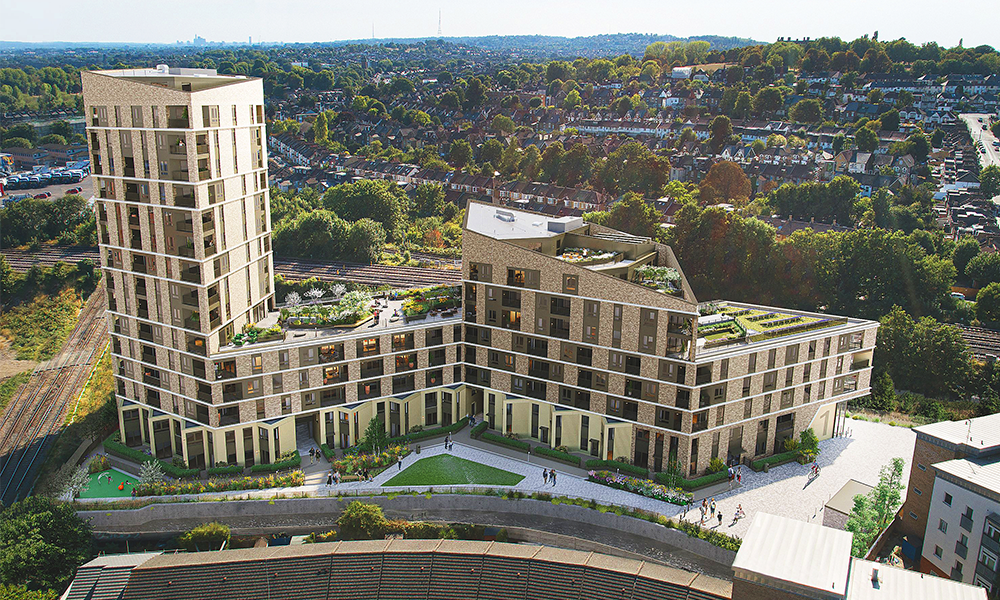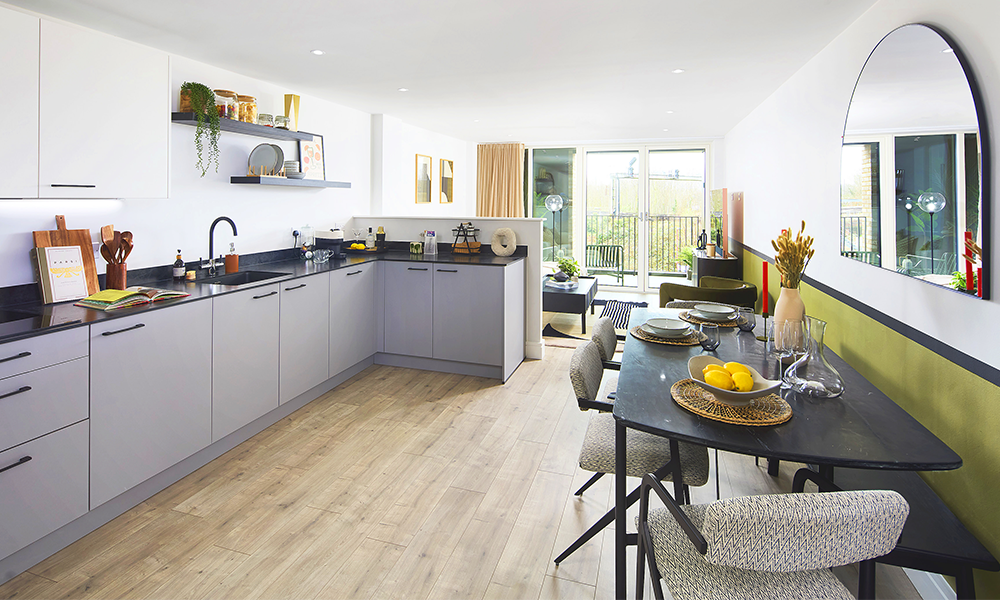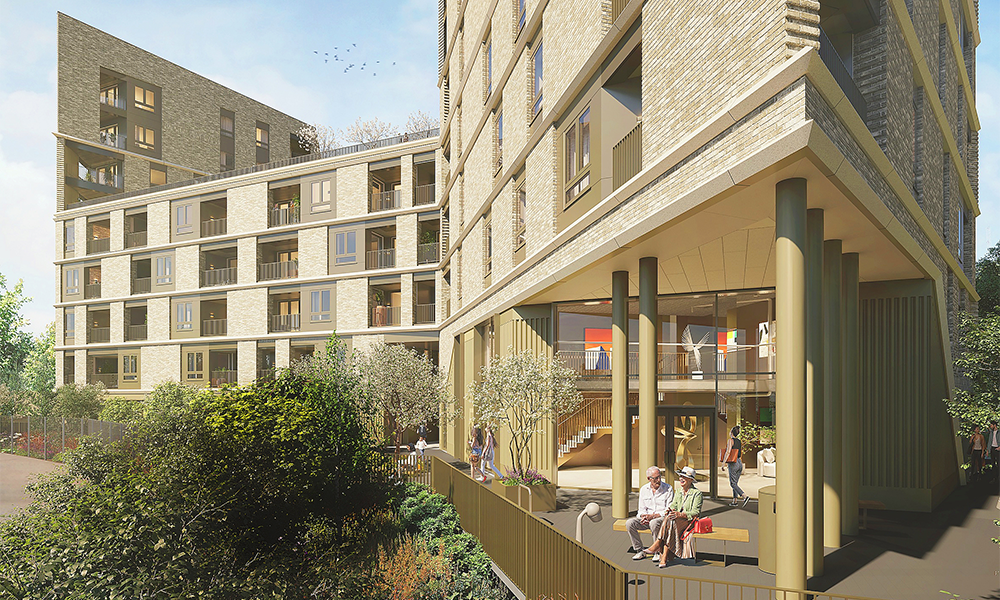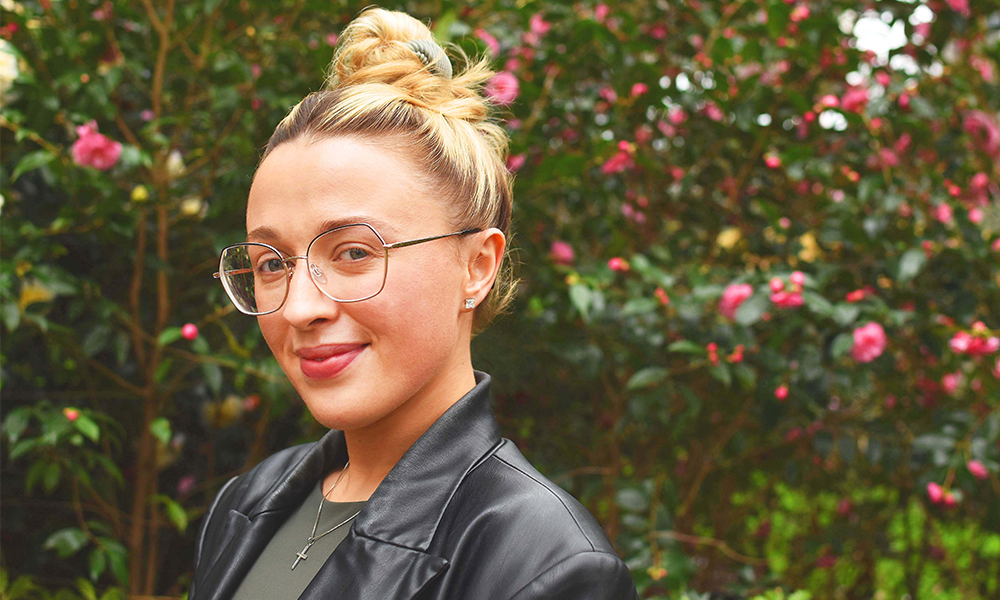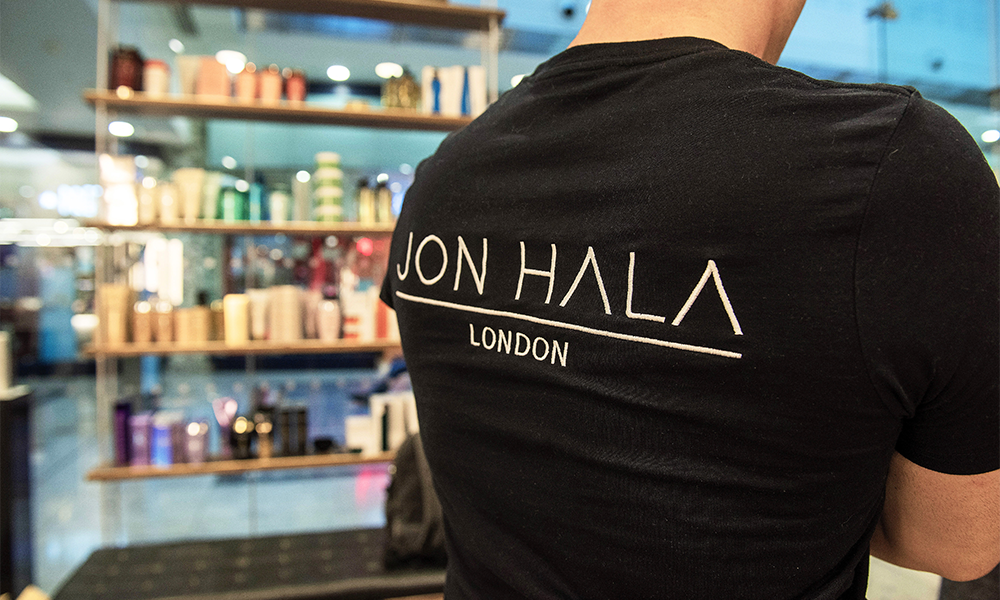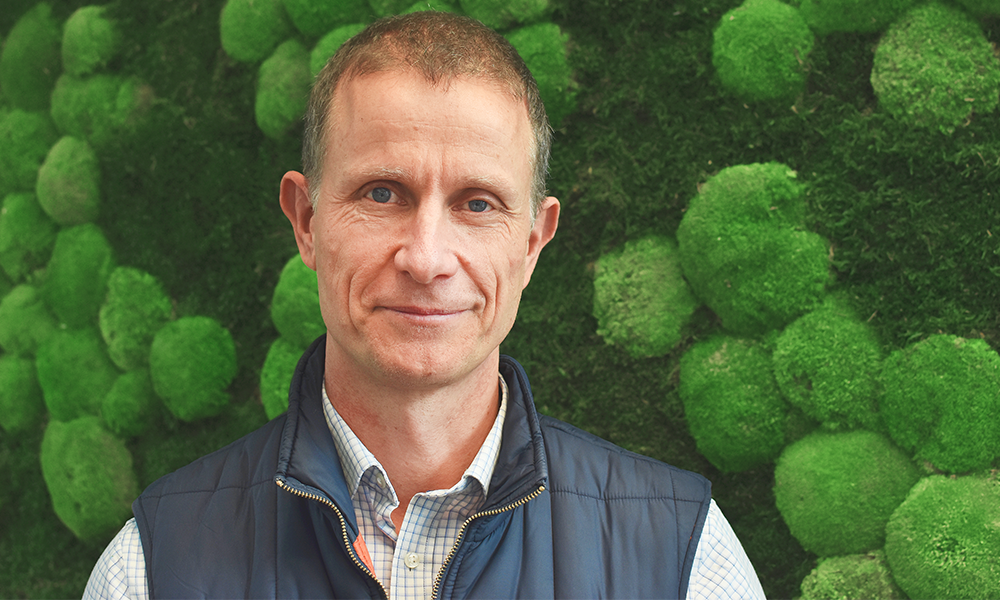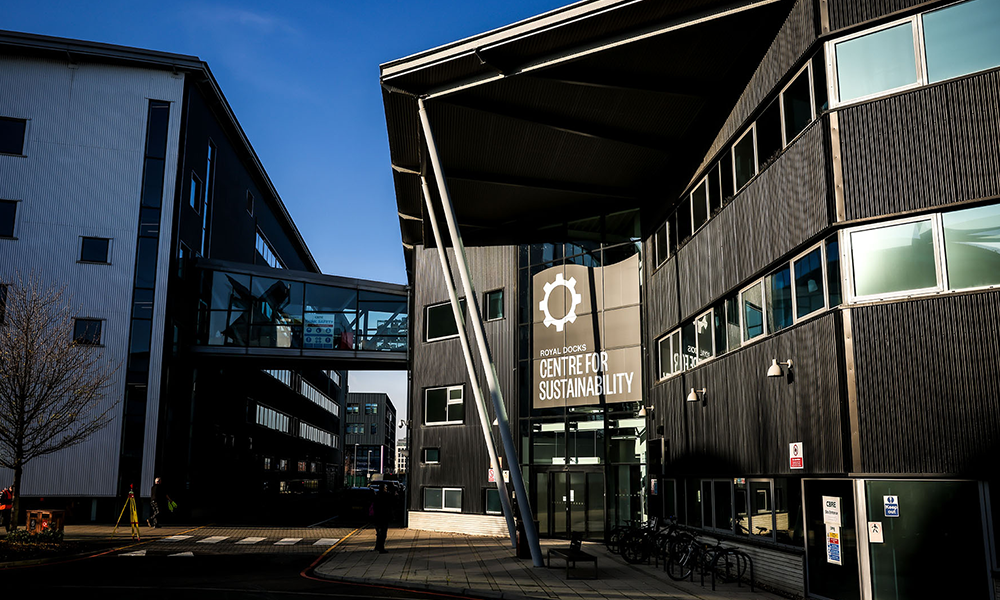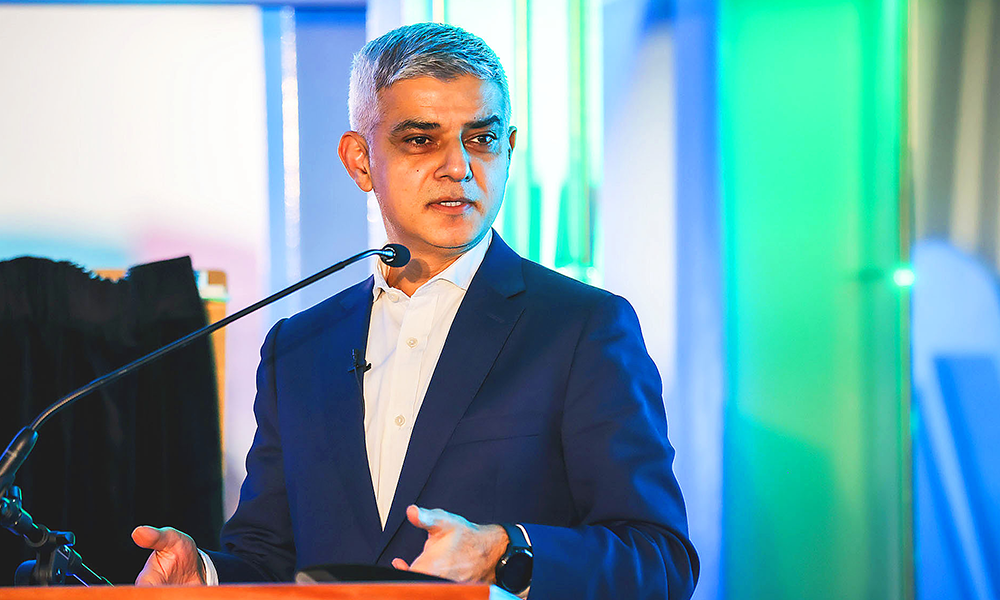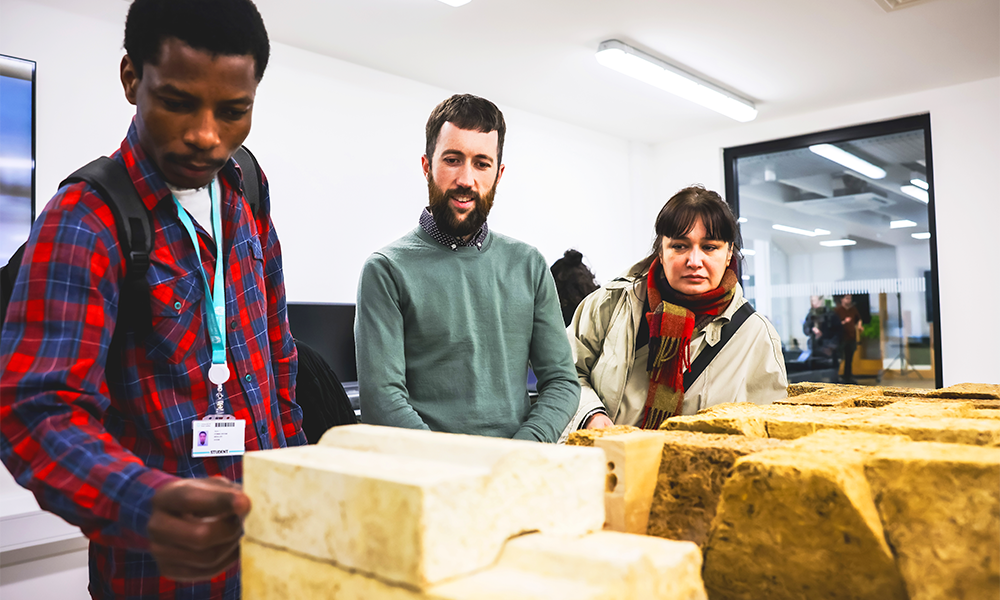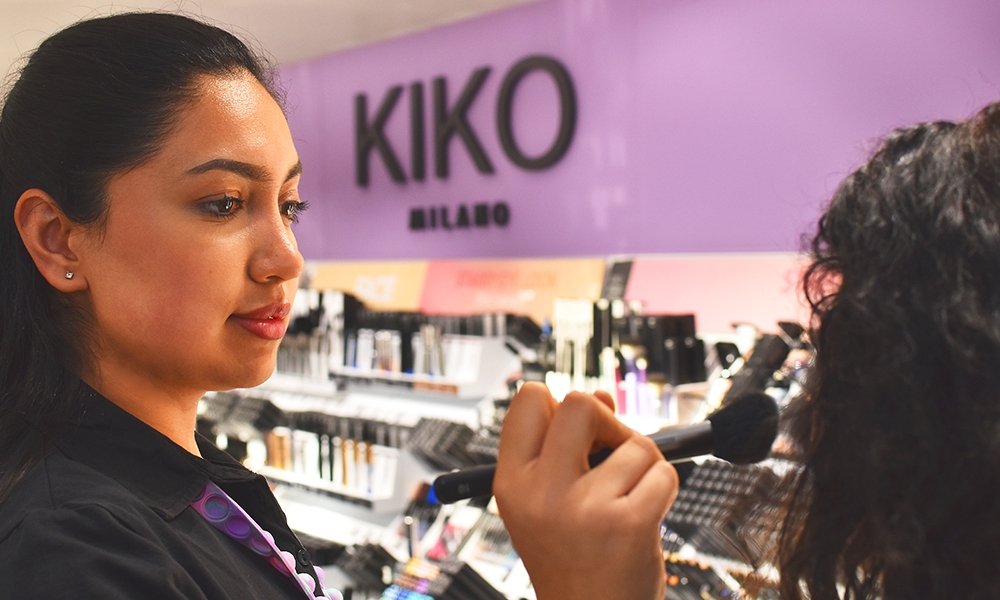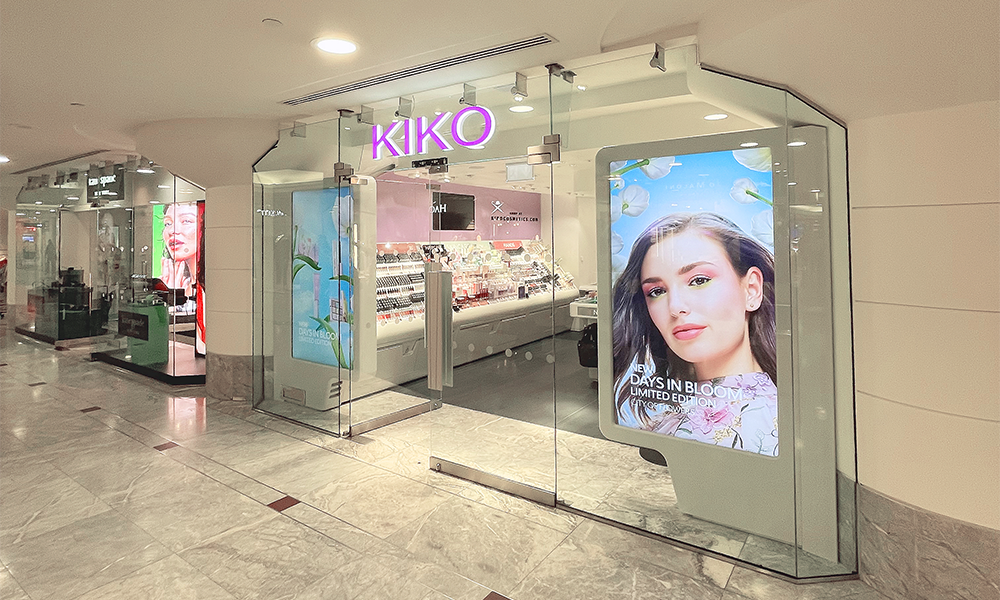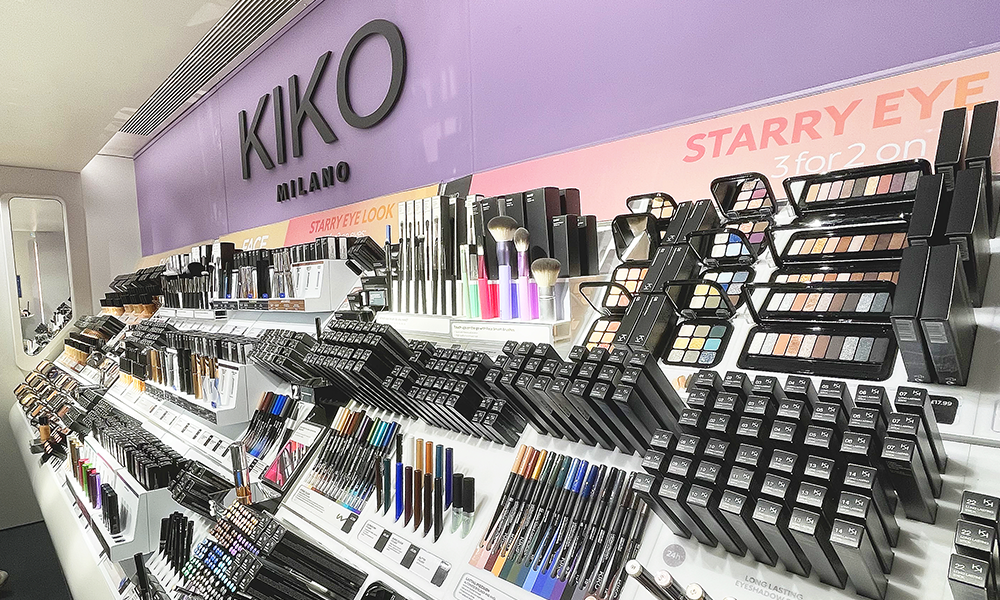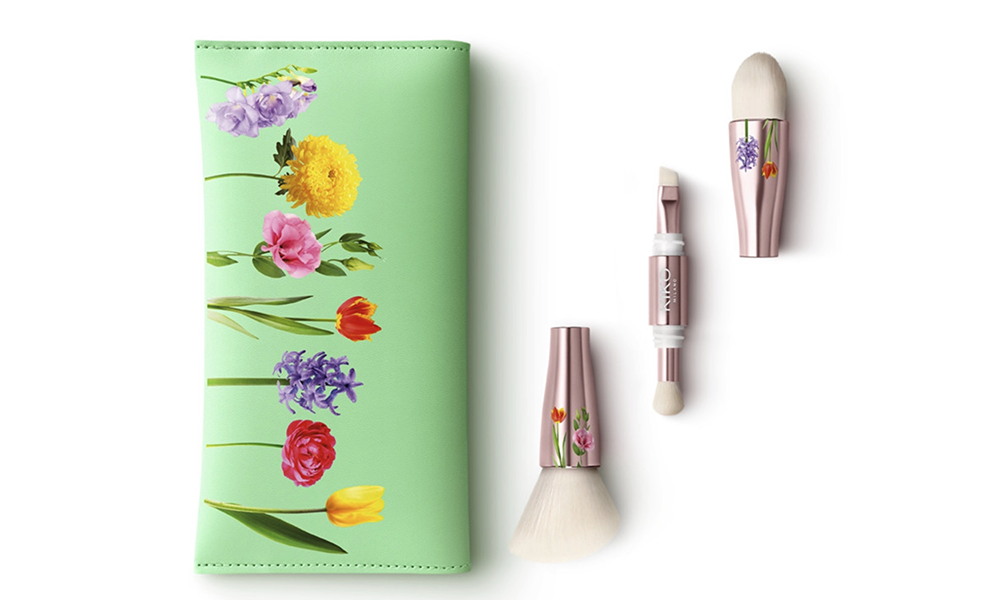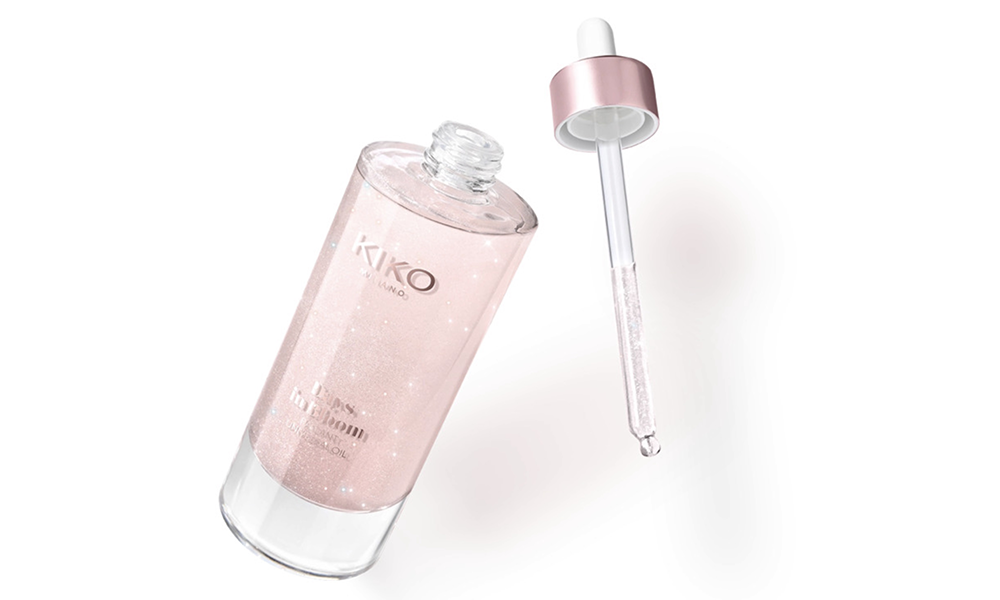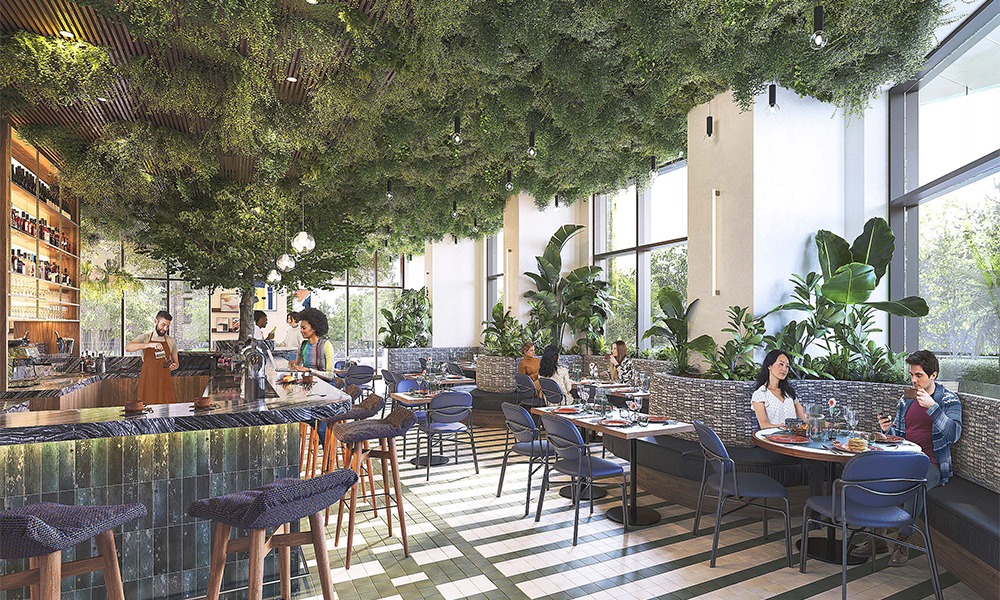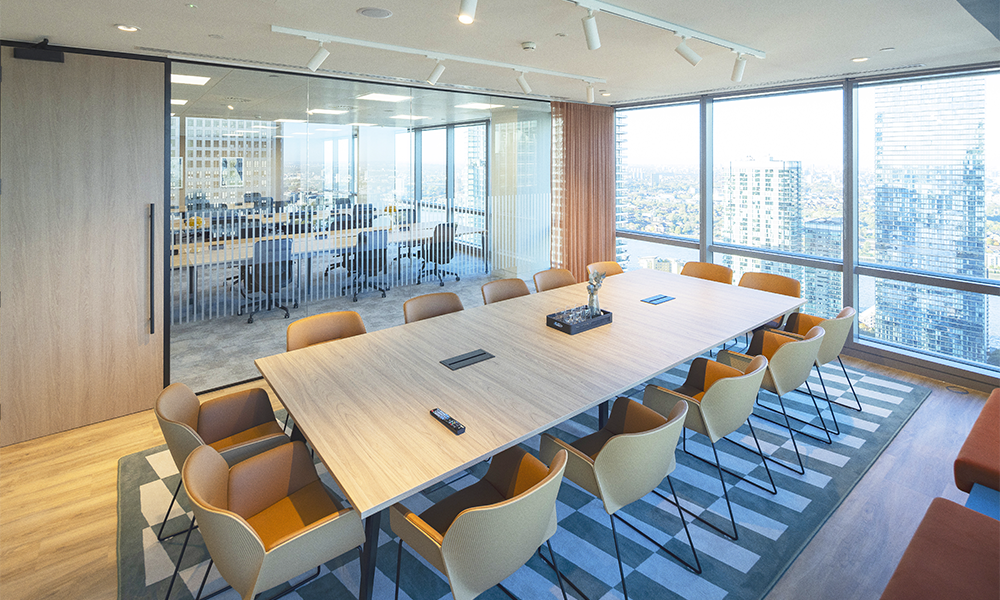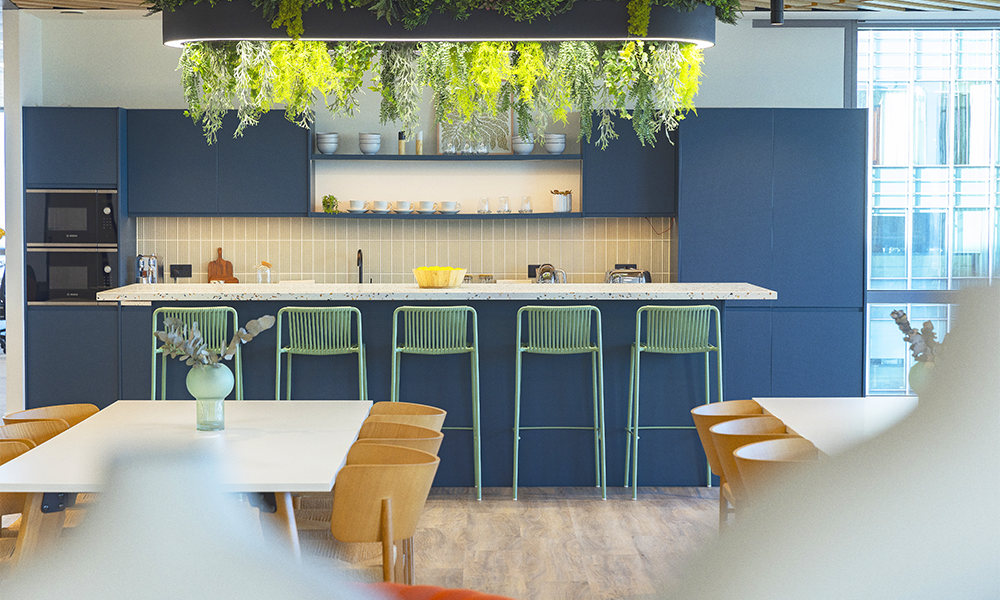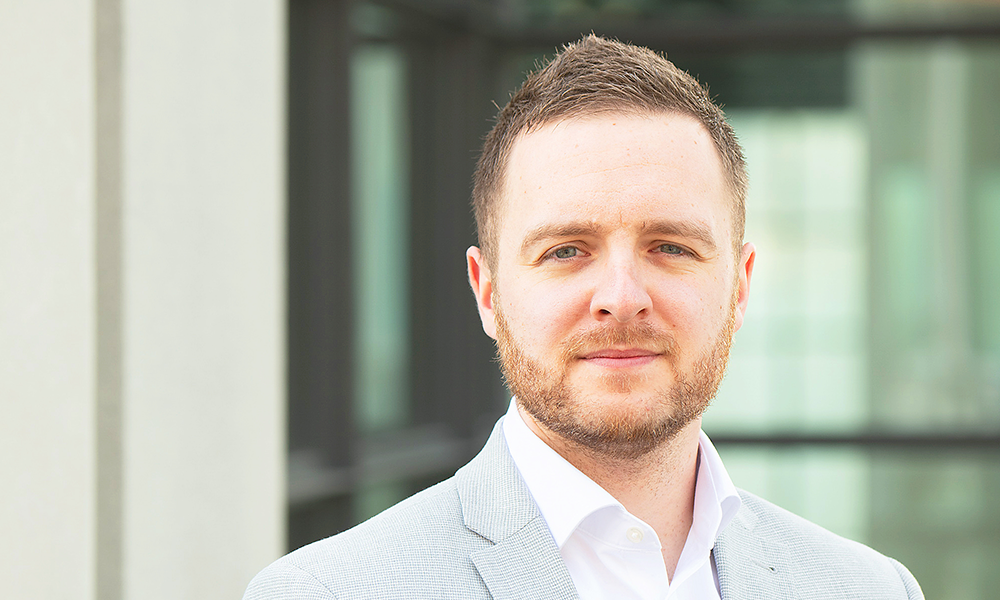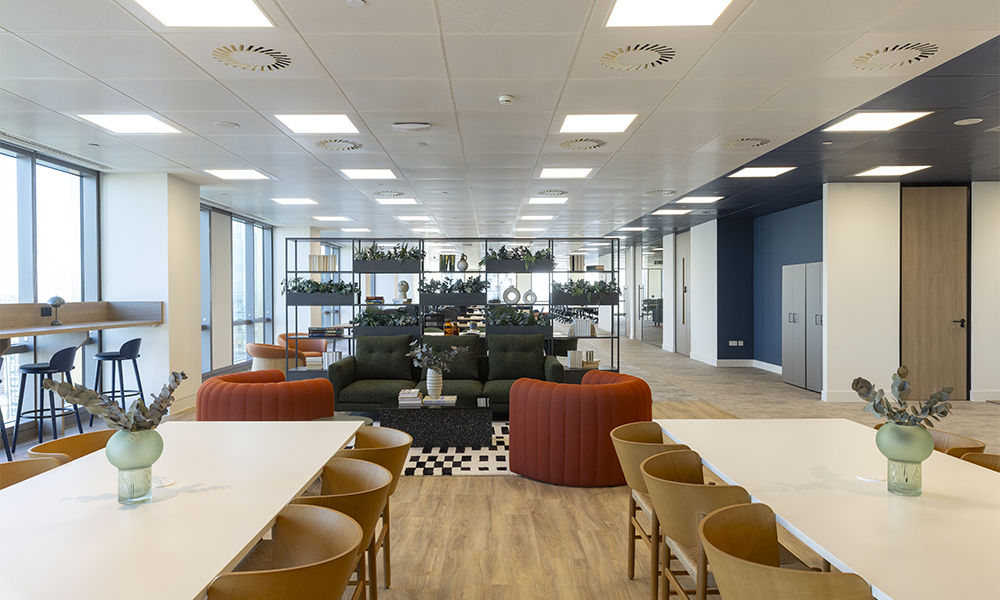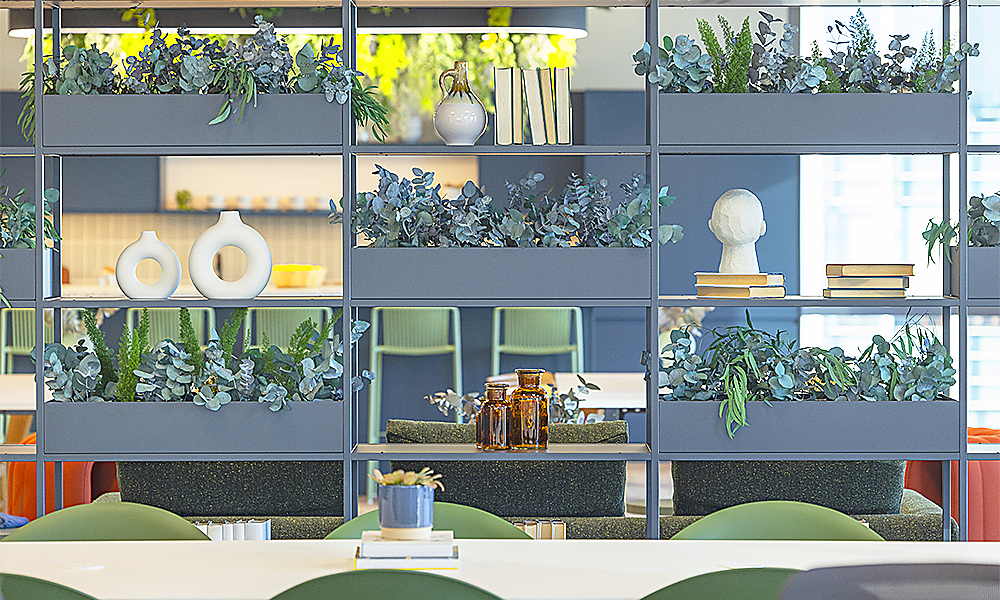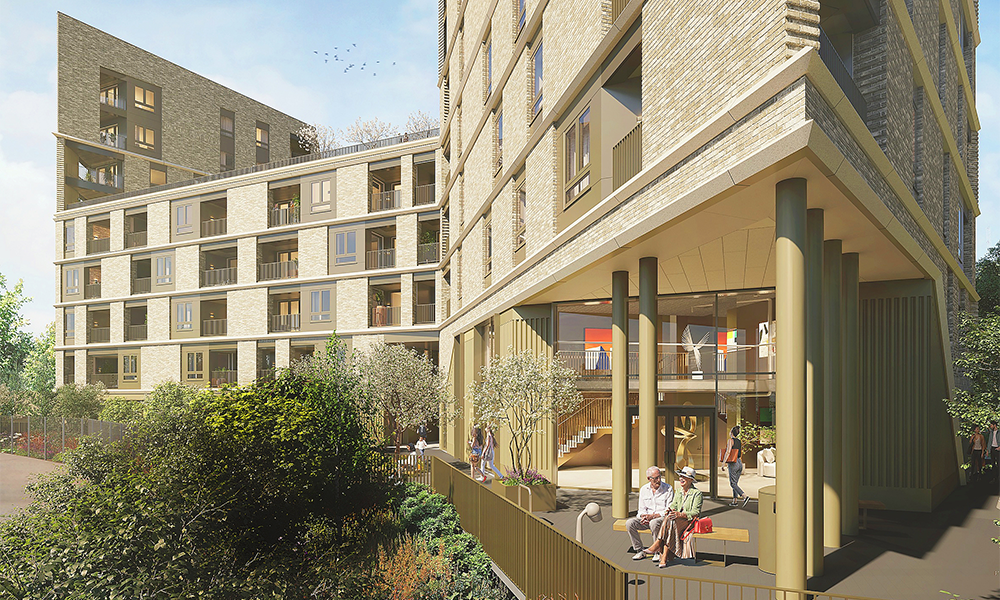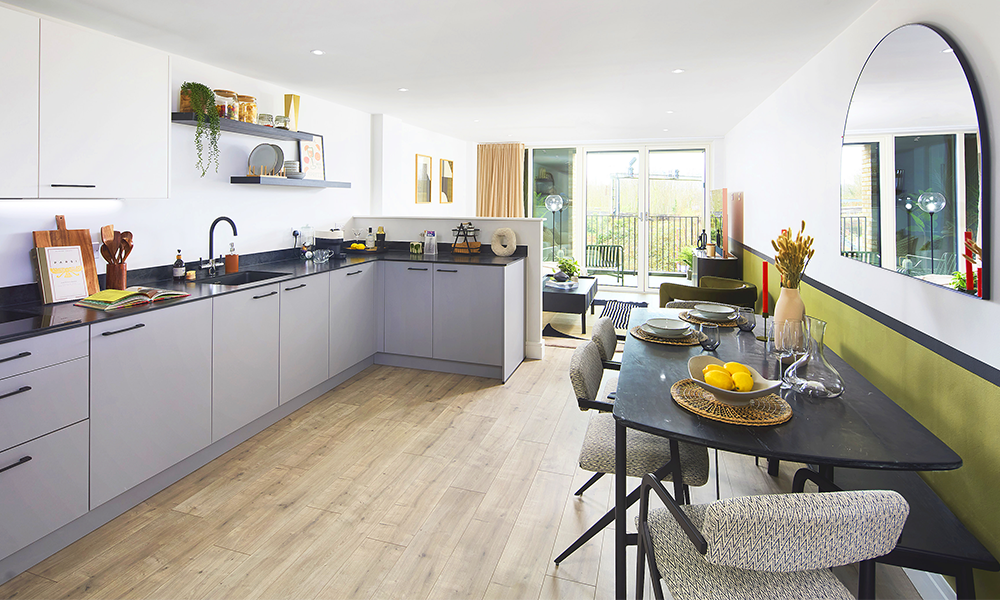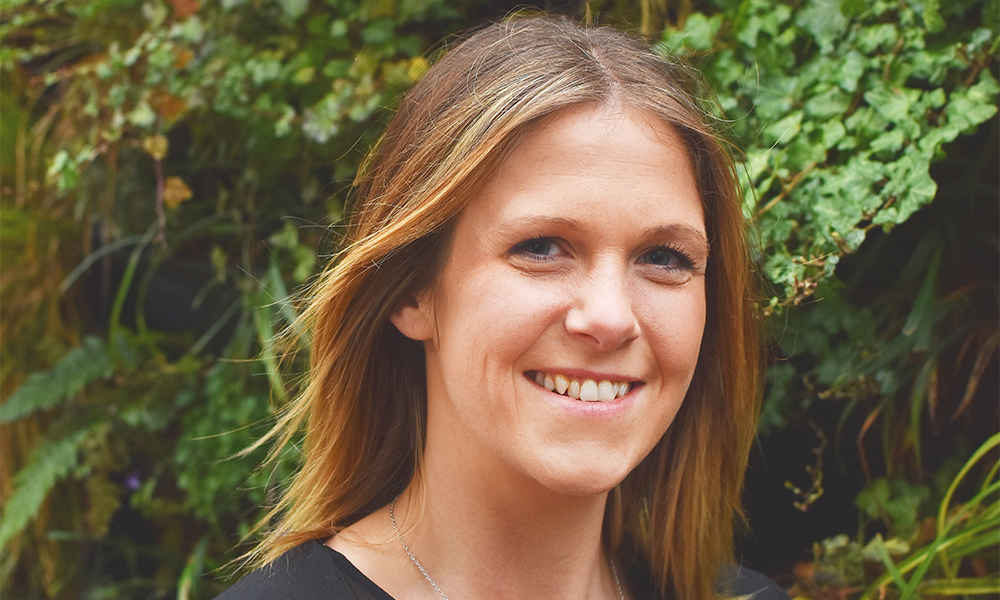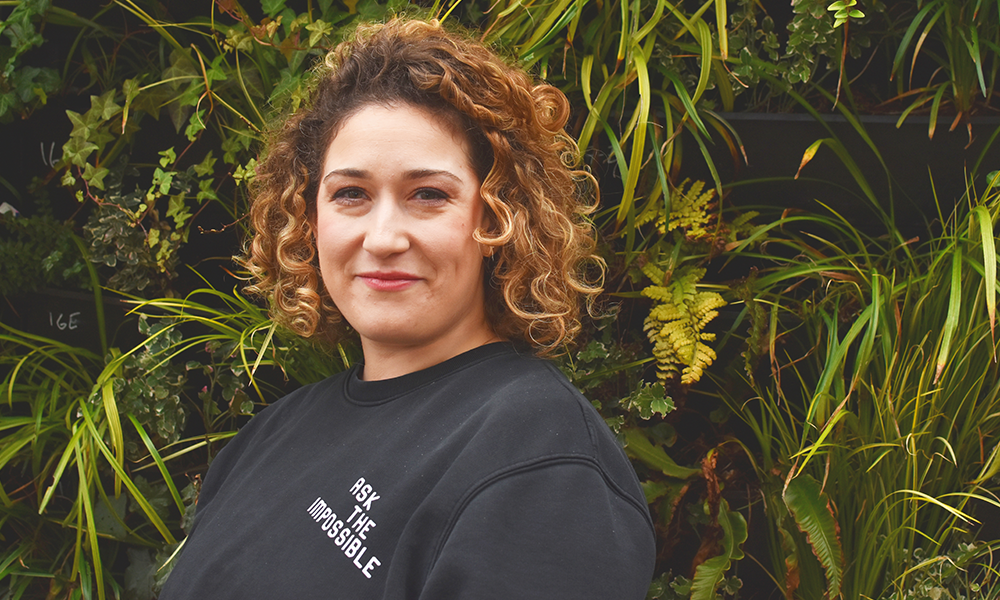Steven Shawcroft’s latest play is set to be performed by SpaceWorks, the venue’s company
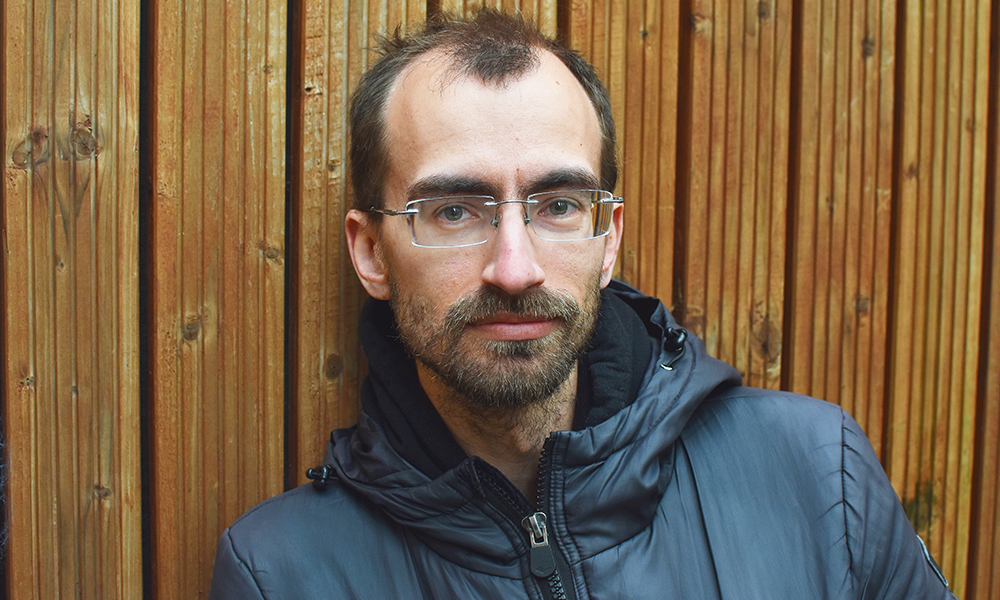
Subscribe to our free Wharf Whispers newsletter here
“The title is a tribute to former SpaceWorks member Albert Lechley – a born and bred East Ender and stand-up performer who is sadly no longer with us,” said Steven Shawcroft.
“One of his things that he believed was that they’d never close the docks – and it was a real shock when it actually happened.
“It was something he wanted to explore in a show, but never got the chance to talk about properly.
“Knowing his style of performance, the SpaceWorks group and its performers’ capabilities, I thought we should try and see what we could come up with.”
SpaceWorks is the in-house participatory theatre company at The Space on the Isle Of Dogs, which offers anyone interested in developing performance skills or gaining backstage experience a safe and supportive environment to try new things, meet new people and get creative.
It runs workshops and regular Monday evening sessions as well as staging a number of productions over the year.
Its latest show, They’ll Never Close The Docks, is set to run for three performances over April 5 and 6, 2024.
Written by Steven, under the pen name George Leyland, it’s directed by The Space’s artistic director Adam Hemming and promises audiences tales drawn from a 200-year period.
“The basic premise of the play is a rough history of the docks, their opening and growth in the 1800s and their eventual closure in the 1980s, with the recurring theme being the locals’ belief that the industry would always be there,” said Steven, a former pupil at George Green’s School on the Island.
“To do that I’ve written a select number of scenes – there’s no way we could squeeze all of that history into an hour, so we’ve been quite specific, making sure they are relevant to the docks.
“I’ve always been fascinated by East End history, having been born and grown up in Poplar and going to school on the Isle Of Dogs.
“I’m just about old enough to remember Canary Wharf going up, but not old enough to remember anything before that.
“My hope is that people enjoy watching the play and that there’s enough of a message in it for people to take away something of what was here before.
“This area is such a melting pot so there will be people with varying degrees of knowledge of it and its history.
“It’s intended as a reminder for people who have lived through some of it and a bit of an education for others who aren’t so familiar with the area.
“There are some heavier moments, but it’s still quite a light piece.
“We’re trying to get a bit of a sense that things do change.”
Steven has been an on-off member of SpaceWorks for about 14 years, performing in multiple productions as well as writing works for the venue and other theatres.
“The company was in its infancy when I joined in 2010, having been going a couple of years,” he said.
“It was just putting on its first proper production, a play by Shakespeare, which was a big undertaking with a lot of people – but we managed to get through it.
“That’s really the spirit of the group – no matter what we are given, we all come together and push through to the other side.”
This common drive reflects, perhaps, the strength of community captured in Steven’s work, which will be brought to life by a largely local cast and creative team.
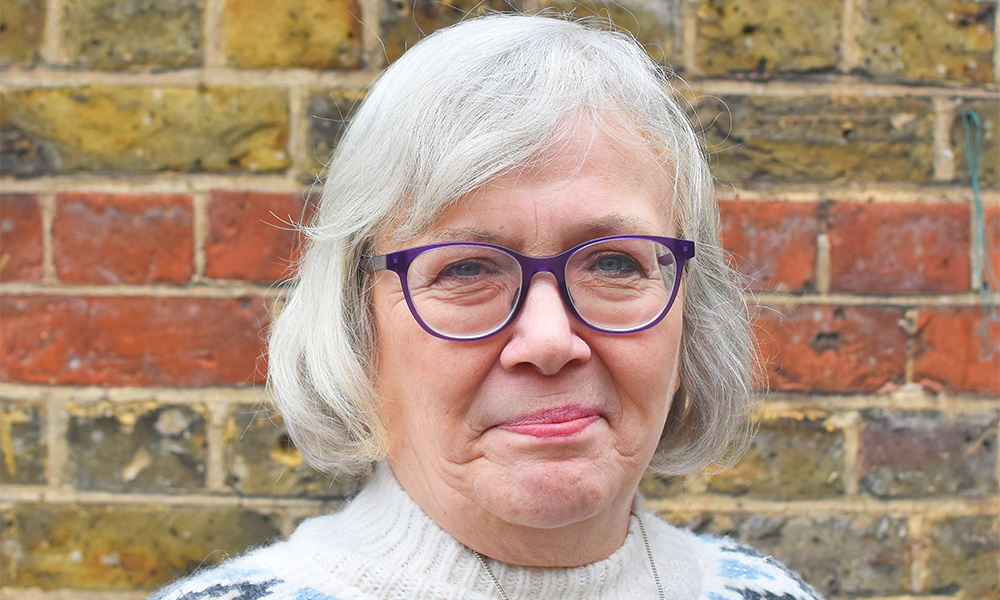
“Not all of them are originally from east London, but a lot of them work in Canary Wharf, so they’re interested in the history as well, which is good,” said Michelle Sansom, one of the actors who will appear in the production and who has also been with SpaceWorks for more than a decade.
“One of the things that strikes me about the play, which Steven has been able to capture, is that, although there have been changes, some things are still the same.
“It talks about the dockers going on strike for more pay, but the people in charge failing to understand their demands – that was back in the 1800s, so some things never change.
“The spirit of the people comes through really well in the play, and that’s always been the case for places like the docks, where people work together.
“I’m in the first scene as a docker, playing opposite Emma Fayter.
“My character has earned enough money to not work for a couple of days, which is unusual, but he’s feeling quite agitated.
“It shows general dock life in 1820 – he’s been working on the docks all his life and will never be able to do anything else – but the expectation is he won’t need to.
“The scene portrays the uncertainty of the time – back then, coins were tossed out and, if you got one, you had a job for that day.
“My character likes his mates and he likes his rum.
“Personally, I grew up in Cable Street and I now live in Newham – I’m proud to come from the East End and I’ve seen a lot of changes over the years.
“I find the history fascinating.”
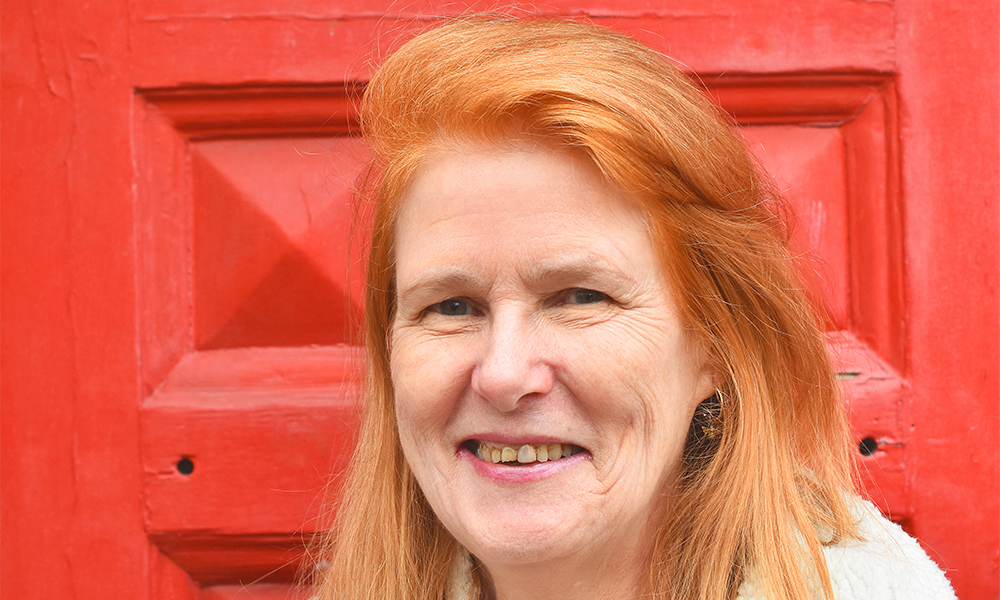
Emma joined SpaceWorks just before Steven and Michelle, coming along initially to keep a friend company who was connected with the venue.
She said: “I am really grateful that I did because it transformed my life. I hadn’t done any acting before, except for one play in school, and I messed that up.
“But it’s been brilliant and I’ve stuck with it ever since – I think I’ve missed only a couple of performances over the years.
“I love the sense of community, it’s really inclusive – there’s a great mix of ages and cultures.
“I moved to the Island in the 1980s before Canary Wharf and the DLR were here.
“I didn’t know much about the history of the island when I came here, and it had a quite derelict feel about it.
“We bought our first house on the island – they had a scheme to hold down the prices because we were council tenants in Stepney, so we got a good deal.
“I have a couple of roles in They’ll Never Close The Docks.
“I’m playing opposite Michelle in the first scene and we have a blokey kind of relationship.
“We do care about each other but there’s a bit of a rift because I haven’t been into work.
“There are a lot of layers to the play and people can see the unspoken side of their relationship.
“Then I’m in a later scene as a strong woman with an old-school husband who just wants to watch football and not do anything else.
“There’s also a young girl, who she babysits in the scene, and they support each other in standing up to the men.
“It’s at the time of the Brixton Riots and my character is talking about how we ought to do something to support them.”
Steven added: “Going over all the history it was really about picking out moments.
“Certain events do blend into each other – the docks were finally closed just before the riots, for example.
“Then there was the time the Port Of London Authority brought all the docks together, which was happening at the same time as the Suffragette movement, so there are references to that as well.
“There’s also a post-Blitz scene in an Isle Of Dogs pub with songs to lighten things up.
“I was concerned it might be too corny, but the Queenie Watts documentary confirms this was basically what people were doing.
“I’ve written the show as a reflection of the area and I hope that comes across in the show itself.”
diary dates
They’ll Never Close The Docks is at The Space on April 5 and 6, 2024, with shows at 7.30pm on both days and also at 3pm on the Saturday.
Audiences can choose between tickets costing £10, £15 or £20. The play will also be streamed online.
Find out more about They’ll Never Close The Docks here
Read more: Why MadeFor office space in Canary Wharf is a vital part of its offering
Read Wharf Life’s e-edition here
Subscribe to our free Wharf Whispers newsletter here
- Jon Massey is co-founder and editorial director of Wharf Life and writes about a wide range of subjects in Canary Wharf, Docklands and east London - contact via jon.massey@wharf-life.com




